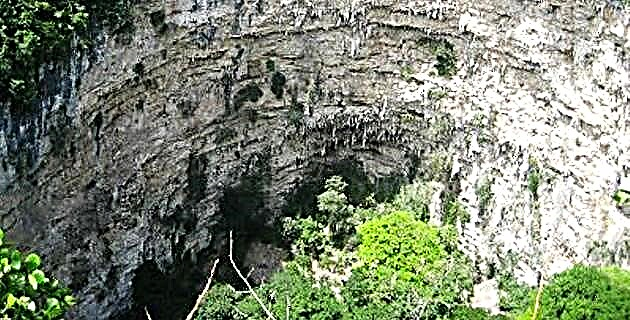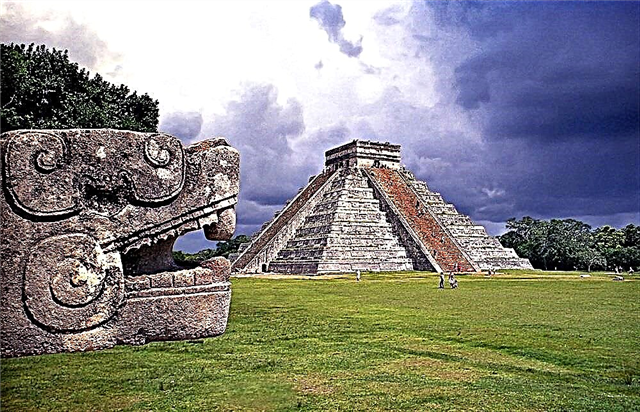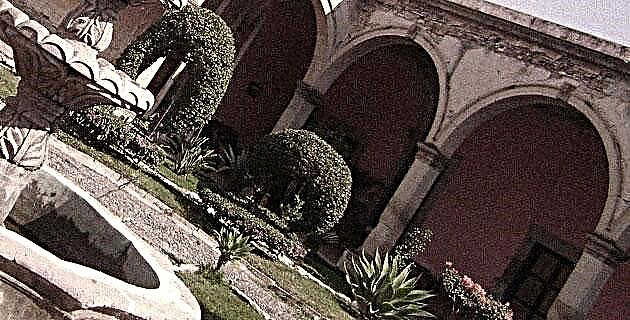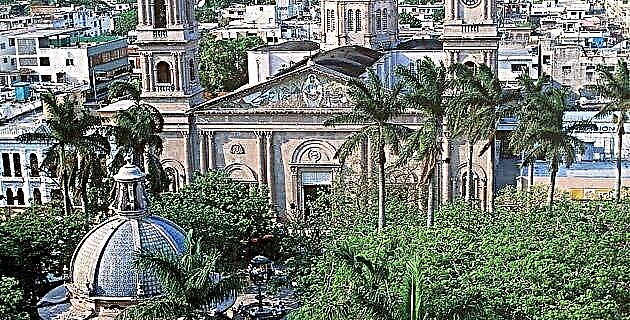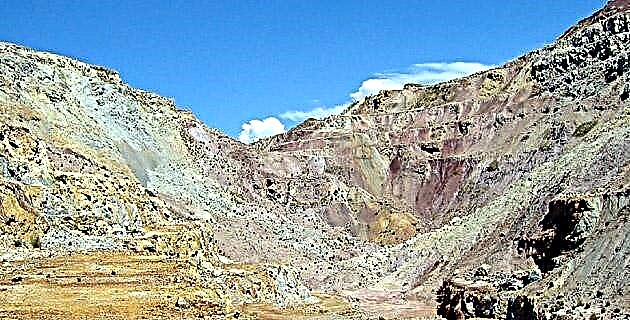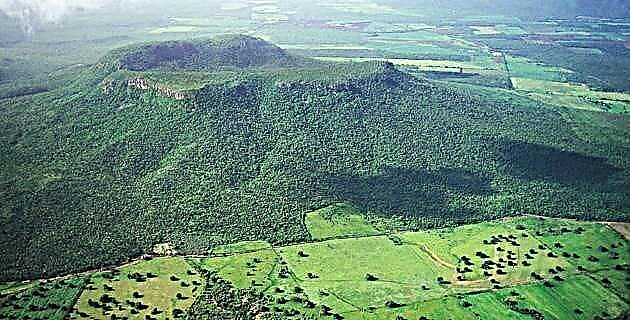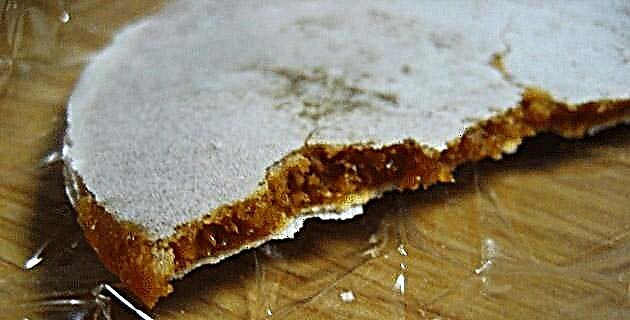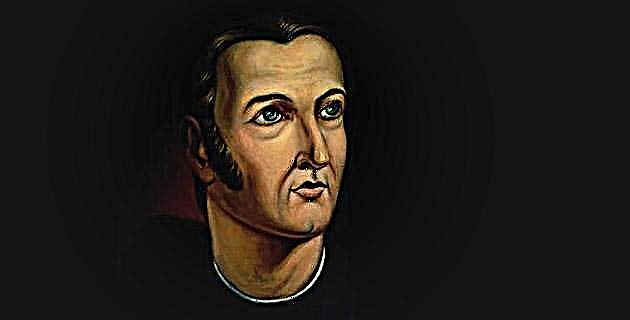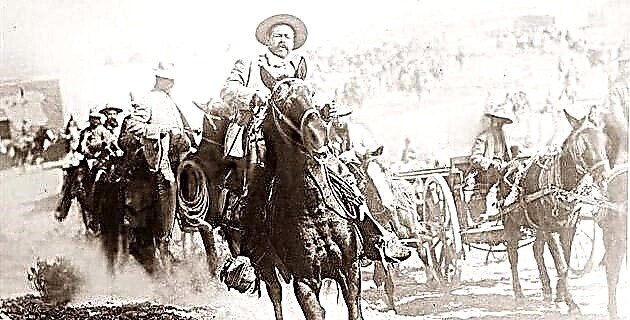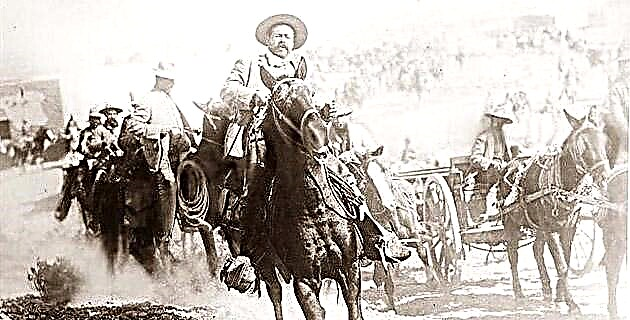
At the beginning of the 20th century, Mexico was involved in a new social maelstrom against a dictatorial government regime embodied in the figure of the Oaxacan general Porfirio Díaz.
Today, 100 years away, the revolutionary struggle has found an echo in various social movements that seek equality and democracy, but which has also become part of the popular culture of our country, and a tourist attraction for visitors from distant lands.
The Mexican Revolution was a historical event of great scope for the social, political, economic and cultural development of Mexico at the beginning of the 20th century. Great men marched through its ranks whose name today is synonymous with power, law, country and progress and who are celebrated as a new breed of "heroes" who deserve to be remembered for their contribution to the history and social life of this country.
For this reason, throughout the country, different ways of exalting the values of civility, democracy and integrated equality are presented as an essential part of the revolutionary struggle since 1910, which today continue to be presented in the different discourses of social movements promoted by various political organizations.
Undoubtedly, one of the first references about the Mexican Revolution is in Mexico City, in the so-called Plaza de la República where the famous Monument to the Revolution is located, as well as the Museum of the Revolution, in which through of photographs, documents and other objects, a journey through the history of Mexico is made from 1867, during the restoration of the Republic with Juárez, until 1917, with the signing of the current Constitution.
In the same city, you can visit the National Institute of Historical Studies of the Revolutions of Mexico (INEHRM), responsible for the permanent organization of diplomas, seminars, conferences, radio programs and other activities to attend and stimulate public interest in the events that have marked the history of the country.
The Regional Museum of the Mexican Revolution is located in the city of Puebla, where it was the home of the Máximo brothers, Aquiles and Carmen Serdán, key figures in the Maderista revolutionary movement in that city and which also served as the residence of President Francisco I Madero in 1911.
In Querétaro, a city that was the headquarters of the Constitutional Congress that gave life to the Magna Carta of 1917, there is also a Regional Museum located in the former Convent of San Francisco, which has various exhibition rooms, one of which is dedicated to the Mexican Revolution, where documents of the time are displayed.
For its part, in the city of Chihuahua, where Pascual Orozco made a movement against President Madero, and Francisco Villa starred in one of the most famous occupations during the constitutional period of 1913-1914, there is also the Museum of the Mexican Revolution , installed in a residence that was owned by General Francisco Villa and where he lived with his wife Luz Corral, which is why it is also known as “Quinta La Luz”.
In that place the vehicle that the caudillo was driving when he was ambushed in Hidalgo del Parral, on July 20, 1923, is exhibited, as well as furniture, personal belongings, saddles, documents, photographs and weapons from that time.
Another famous city for having been occupied during the revolutionary struggle is Torreón, Coahuila, whose Museum of the Revolution presents as part of its museography examples of weapons used at that time, as well as coins, photographs and original documents, including the newspaper where it is reported the death of General Francisco Villa, the corrido of the murder of the so-called 'Centauro del Norte', the birth certificate of Madero and the corrido of the Casa Colorada.
The city of Matamoros, in the state of Tamaulipas also has a museum on Mexican agrarianism, where the history of the historical event and its precursors are narrated. Finally, in the city of Tijuana there is the Monument to the Defenders, built in 1950 in memory of the inhabitants who defended the region against the North American invaders during the Revolution, and a monument for the centenary of Francisco Villa's birth.
In all these places there are elements that will help you understand the importance of this movement for the history of Mexico, although you also have the possibility of observing the sports parade that takes place year after year in Mexico City on the occasion of the anniversary of the Revolution. .

